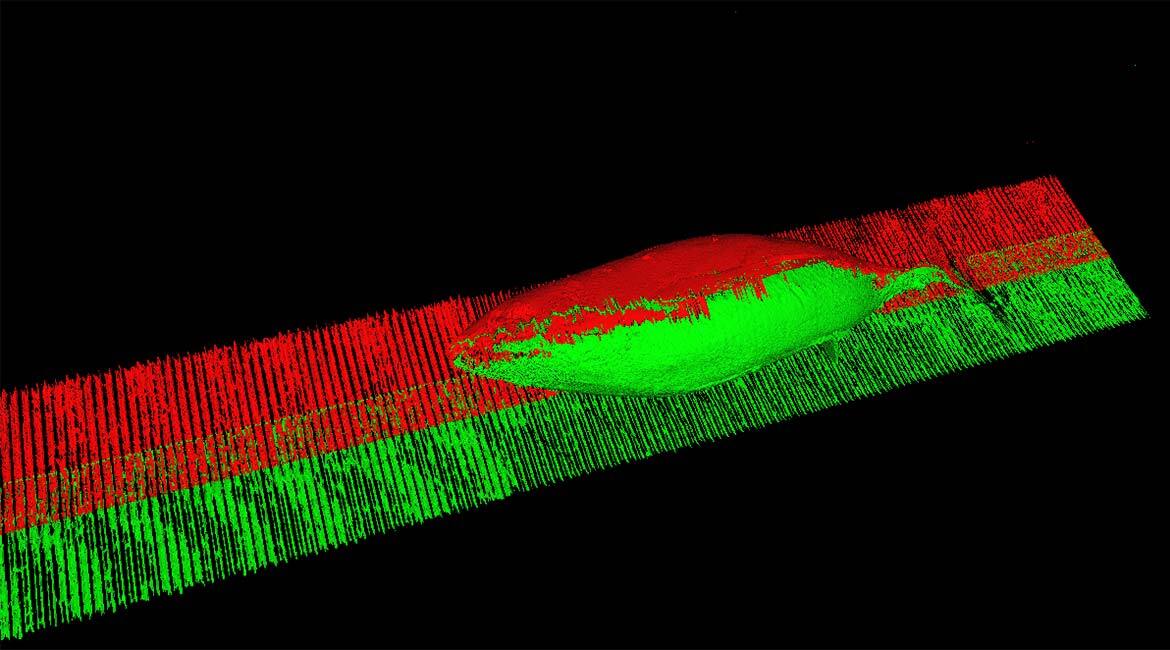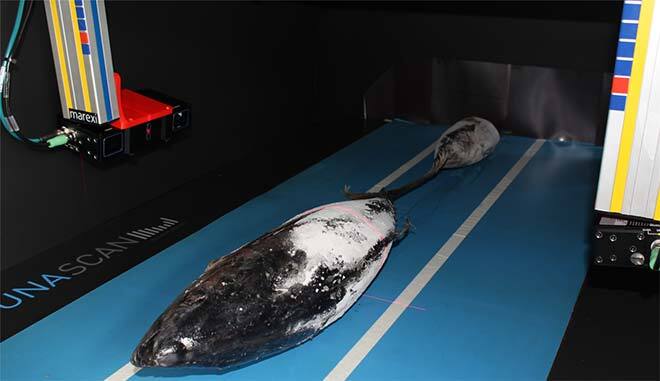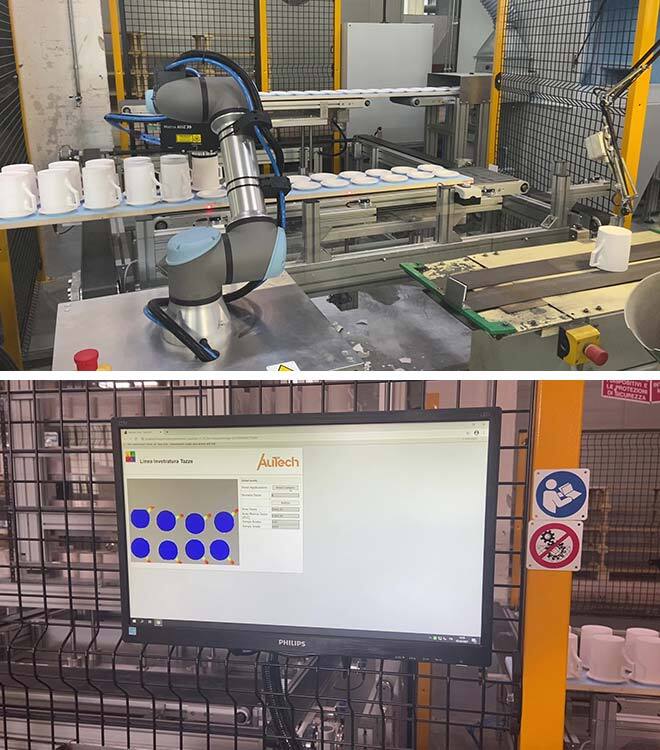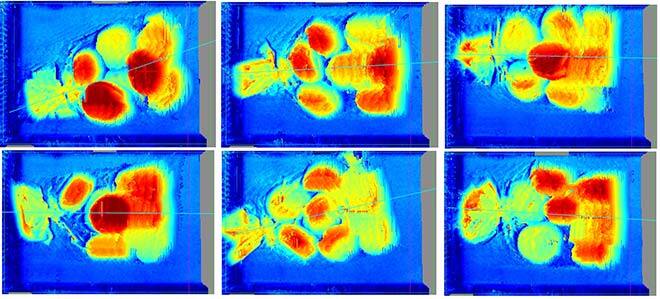Algorithms Tailored to Industry Needs

@Systèmes Électroniques Matrox. Copyright.
With the advent of Industry 4.0—which is pushing production plants toward digital transformation—companies need access to technologies like artificial intelligence to increase productivity and product quality. Yet, while artificial intelligence algorithms offer unparalleled performance, they often require lots of adjustments and do not adapt well to the inevitable changes that occur on assembly lines. The Matrox Industrial Imaging Research Chair in Computer Vision for Industrial Applications has an ambitious goal: developing versatile algorithms to offer a user-friendly system easily adaptable to any production environment. To achieve this, they must tackle several problems.
Lack of Relevant Data
Researchers typically use hundreds of thousands (even millions) of annotated images to train artificial intelligence algorithms. Unfortunately, most companies don’t have the resources to annotate that many images. Moreover, the images they do have are limited in number and are unbalanced: e.g., they have many more images of compliant parts than of parts with anomalies.
To address these shortcomings, ÉTS researchers will use semi-supervised learning techniques, which require few examples to train deep neural networks. A limited set of examples to be labelled will be selected dynamically to maximize model performance. The different techniques will be based on reinforcement learning.

Lack of Robustness to Changes
Current algorithms are extremely dependant on the data they are given. They therefore work very well if the images to be analyzed are taken from the same camera, the same angle and the same lighting as the images used to train the system. Any change in the environment or in the appearance of the parts to be analyzed can quickly cause their performance to drop. ÉTS researchers will use continuous learning methods to adapt the models to changes in environment and tasks without loss of performance.

Matching Issues
Many 2D and 3D vision applications involve matching objects to templates. These templates cannot present all the possible variations in orientation, colour or position. Moreover, they are sometimes represented by types of data that are different from the object to be identified—e.g., 2D image to be associated with a 3D object or vice versa. Solutions must be found to circumvent the lack of data, including the implementation of calibrated detection networks. A multitasking approach will also be examined to develop a system that can both separate the different objects in a scene and identify the key features of the object to be matched.

Character Recognition
Optical character recognition (e.g., serial numbers) is used in several industrial applications to ensure product traceability, content verification and print quality. On the one hand, these character sequences, often made up of arbitrary numbers and letters, make using a dictionary impossible. On the other hand, characters vary a lot since they are sometimes misprinted, misaligned, in different fonts, and in different orientations.
New deep learning approaches, including the adversarial approach, will be conducted to achieve robust character recognition, allowing the integration of dynamic rules without the need to retrain the system.
Conclusion
The algorithms created as part of the Chair will allow companies to obtain robust computer vision systems, with unparalleled performance due to artificial intelligence, and with shorter adjustment periods. Their digital transformation will be simplified, allowing them to quickly detect production problems, save on manufacturing costs and facilitate quality control.



